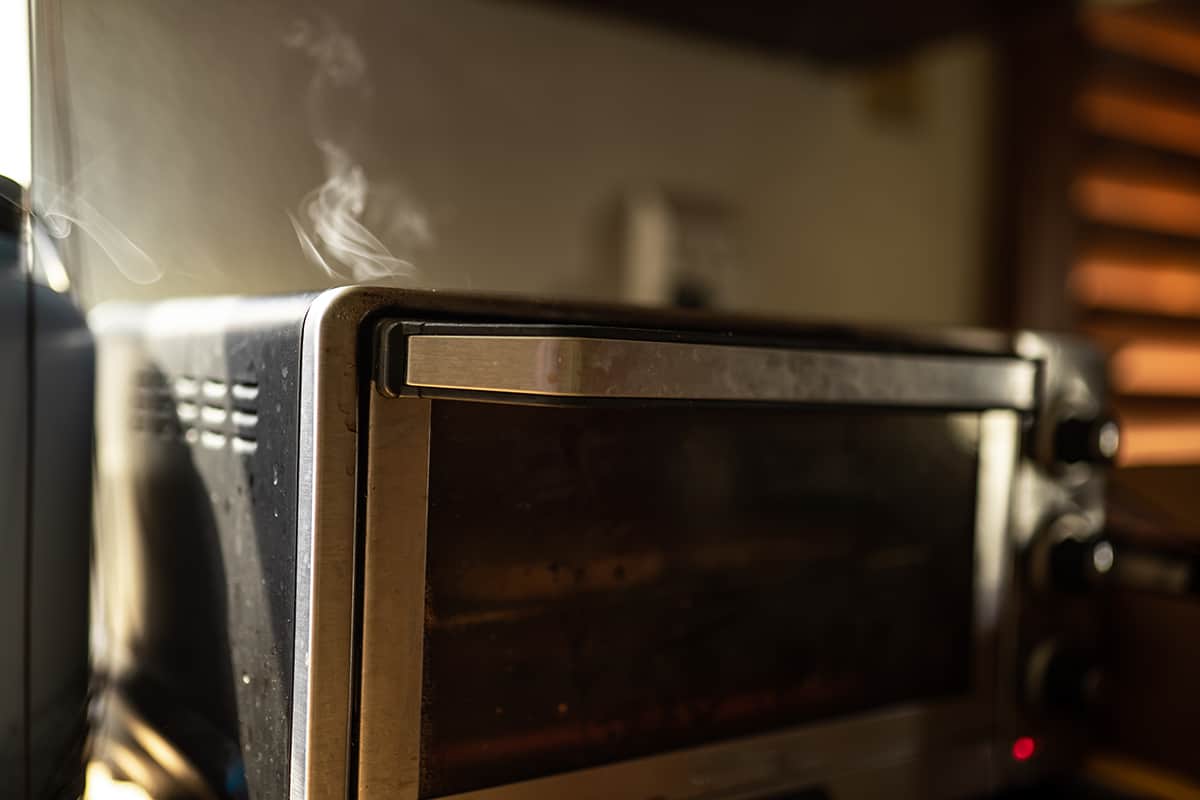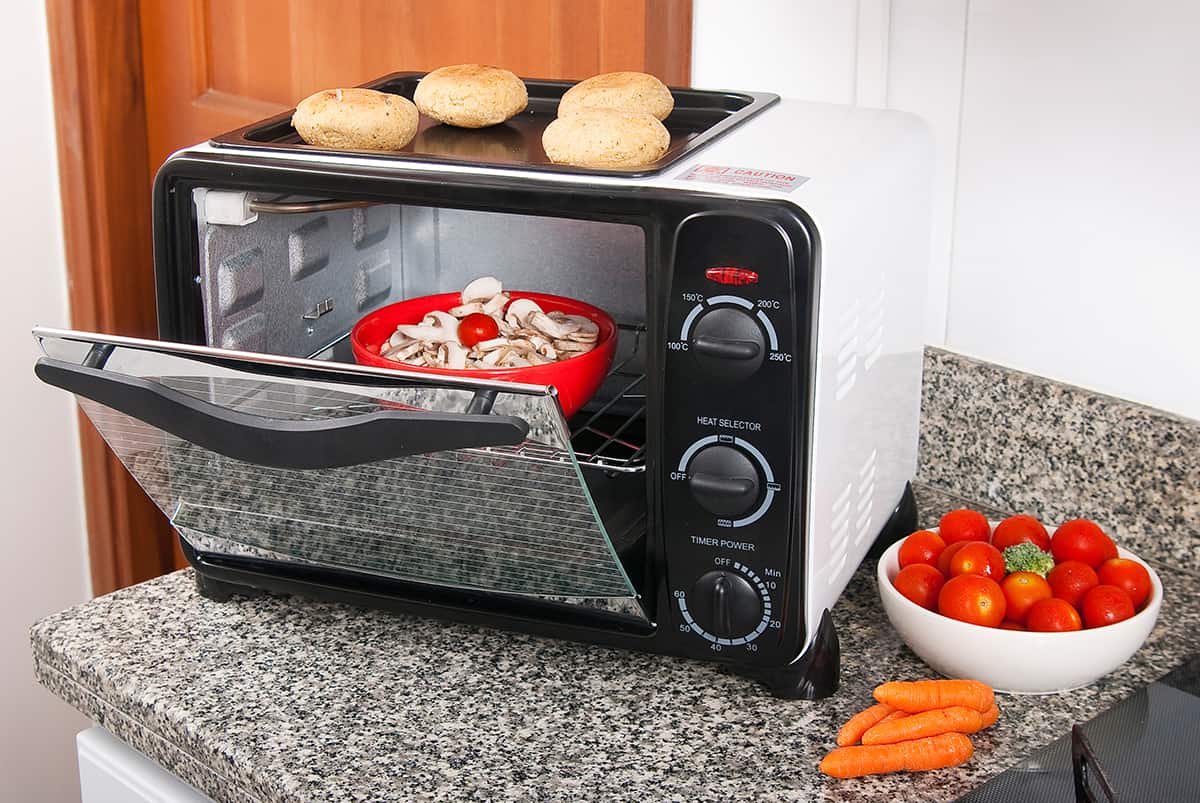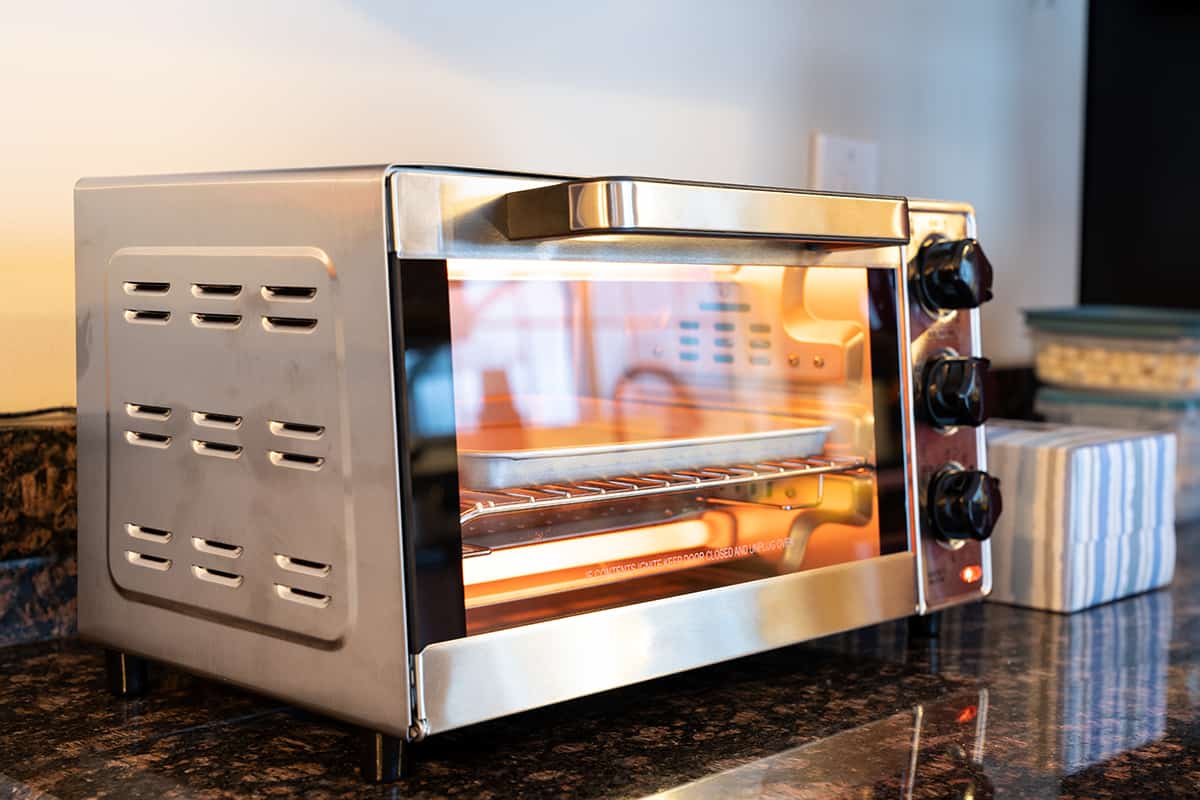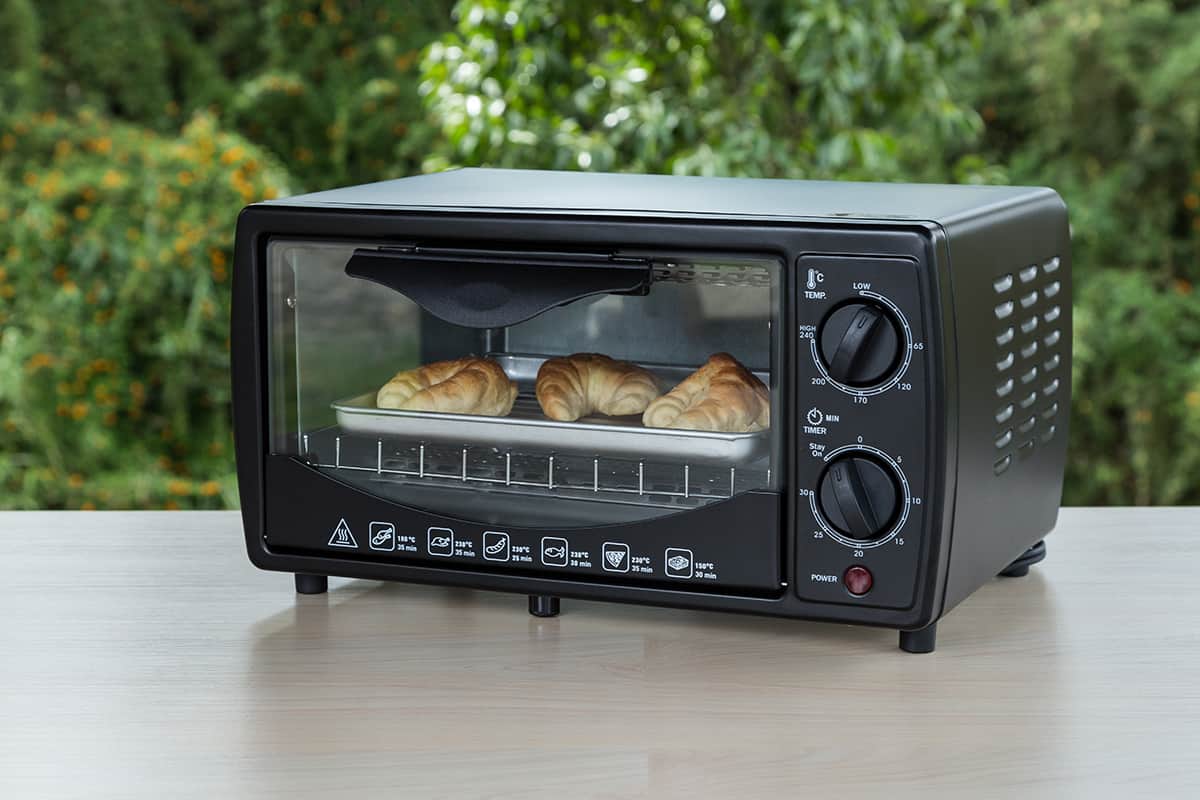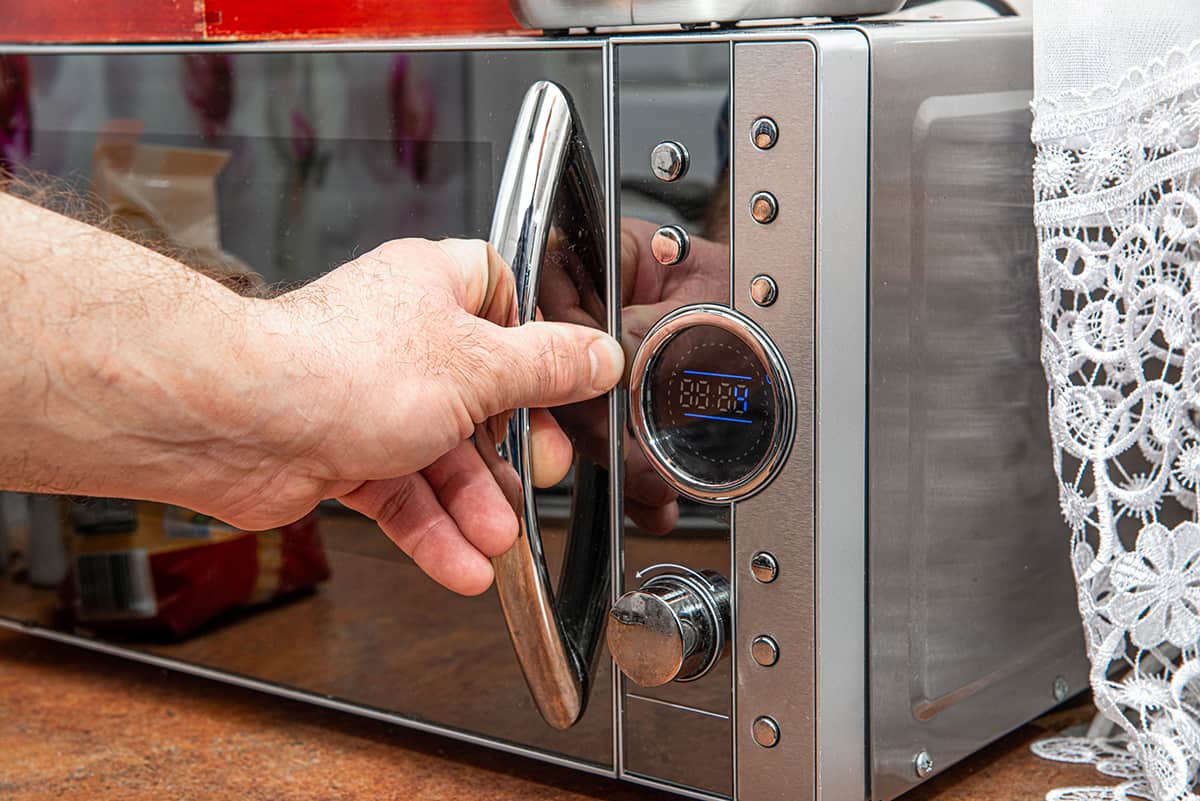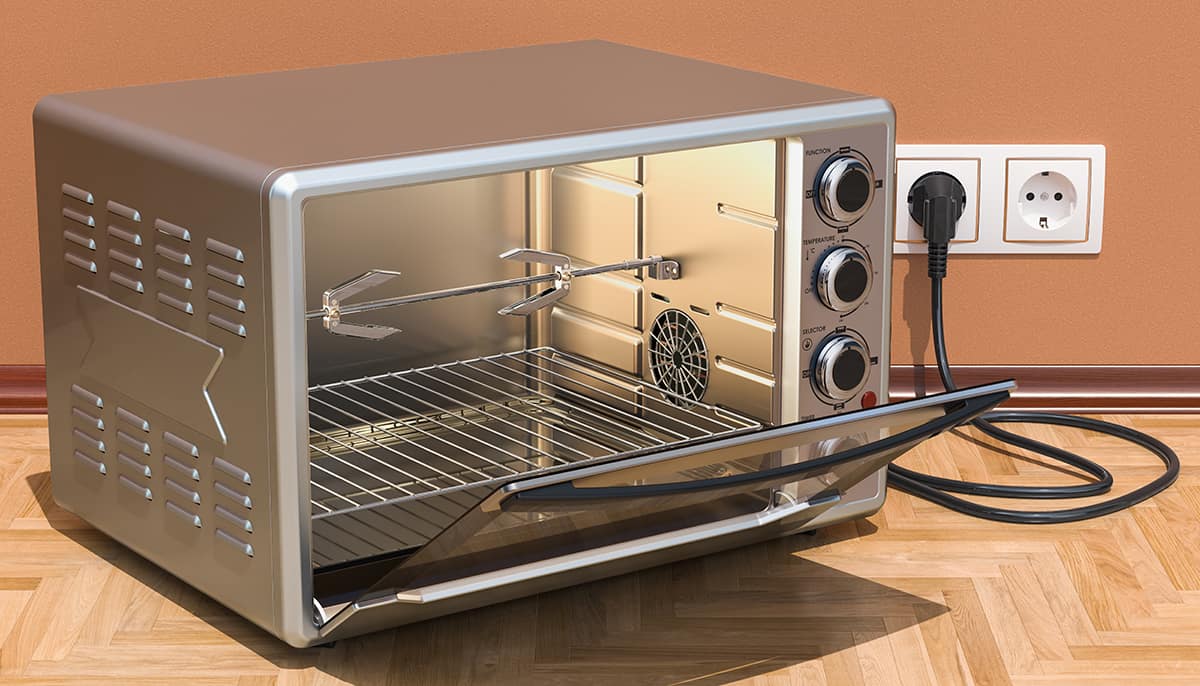Toaster ovens are countertop appliances that can be treated as a smaller version of a regular oven. They are great for roasting or baking a wide range of foods, and many people opt to use toaster ovens as a way of cutting down power bills because they are more energy efficient than standard ovens.
If you’re going to be using a toaster oven frequently then you need to be aware of safety precautions to avoid any accidents.
One common issue that people don’t expect, is that most toaster ovens can get very hot on the outside during use. This means you should keep the appliance a safe distance away from other objects, and avoid touching the exterior of the oven when it’s switched on.
There are some toaster ovens which are specifically designed to be cool to the touch, so you can invest in one of these if a toaster oven getting hot on the outside is going to be a problem for you. Here we investigate why toaster ovens get hot on the outside, and how you can ensure your oven is used safely.
How Hot Do Toaster Ovens Get?
Toaster ovens typically reach maximum temperatures of between 450 and 500°F, which is plenty hot enough to effectively cook all of your favorite foods. Many people are surprised to find that during use, the outside of the toaster oven will also get quite hot.
The metal exterior walls of the toaster oven can actually reach temperatures as high as 85% of the internal cooking temperature, so if you’re baking food at 400°F, then the outside of your toaster oven could be as hot as 340°F, which is certainly hot enough to cause painful burns to skin.
Being aware of this is the first step to ensuring that you don’t allow the toaster oven to come into contact with anyone’s body, or with any objects which could get burnt.
Why Do Toaster Ovens Get Hot on the Outside?
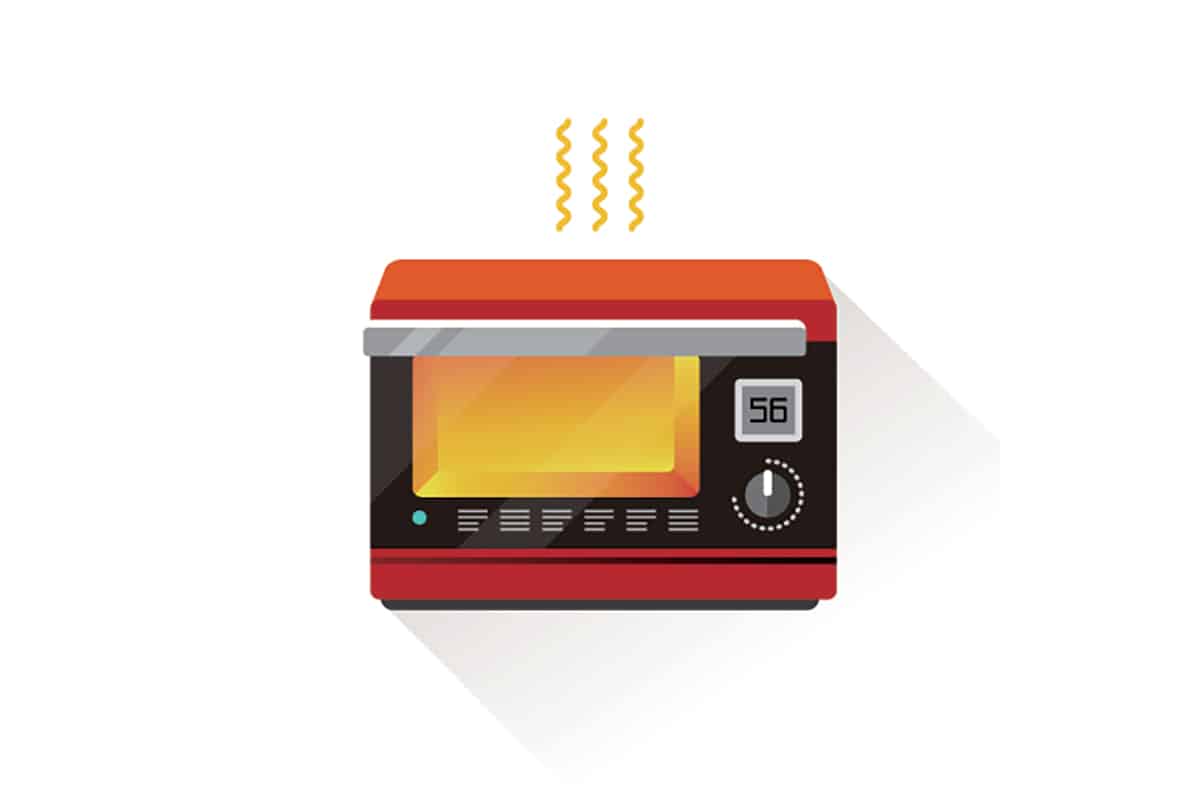
One of the reasons that toaster ovens are so popular is because of how compact they are compared with other cooking appliances like range ovens and convection ovens. Toaster ovens are able to be so compact because the walls of the appliance are very thin, and they usually are built without any insulation.
The lack of insulation is what makes the outside walls of the toaster oven get hot, because the heat from inside the oven radiates outwards to warm up the metal walls. Another reason why toaster ovens are so popular is the fact that they are very inexpensive. This makes them a great option for students or people who are just starting out in their first home or anyone who needs to kit out their kitchen on a small budget.
One way that toaster oven manufacturers keep their prices low is by keeping the design of the toaster oven very basic. This is partially achieved by creating thin walls on the toaster oven without any kind of insulation.
Safety Considerations for Toaster Ovens
If you have added a toaster oven to your kitchen, there are a few things you’ll want to take note of to make sure your new appliance is as safe as it can be within your home. This will minimize the risk of health and safety hazards, protecting you and your family from potential danger.
Ventilation
Toaster ovens can get very out on the outside during use, and this means they require good ventilation. Adequate ventilation will ensure that the heat radiating from the side walls and ceiling of the toaster oven has somewhere to go. Without suitable ventilation and space for air circulation, the toaster will be at risk of overheating which could lead to a kitchen fire.
Good airflow around the toaster oven will also help the exterior walls of the oven cool down more quickly, and prevent any damage to nearby structures such as cabinets and other appliances.
Avoid object contact
One of the main safety points you should take note of if you have a toaster oven is that any nearby objects should be moved away from the appliance when it is being used. This includes nearby walls or kitchen cabinets and units, as well as any loose objects like chopping boards, a stack of mail, or a kettle.
Every toaster oven should have a clearance space of 4 to 6 inches around every exterior wall and the top of the appliance. This means moving the toaster oven so that it sits 4 to 6 inches away from any nearby walls, and it may also mean rearranging your kitchen countertops so that the space around the toaster oven is kept continually clear.
Since the outside walls of the toaster oven can get very hot, an appropriate clearance will prevent damage to nearby items.
The power cable for the toaster oven should be included in this. If it gets squashed against the side or pack of the oven during use, then the heat coming off the walls of the toaster oven could melt the cable.
Avoid touching during use
It goes without saying that since a toaster oven can get very hot on the outside when it is being used, you should avoid touching it.
The only part of the oven which should be touched during use is the handle, and even then an oven glove is recommended. Warn any children who can reach the toaster oven that they cannot touch the appliance.
Use oven gloves

Keep a pair of oven gloves close to the toaster oven to remind you that these should be used when handling anything hot from the oven. Getting into the habit of using oven gloves when operating the toaster oven will help you to normalize not touching the oven itself with bare hands.
Keep out of reach
Toaster ovens get very hot on their outer walls when they are switched on, so if you have young children who are likely to try to explore objects with their hands, then it is best to remove the temptation and keep the appliance well out of their reach.
Most people keep toaster ovens on their kitchen countertops, but if your children can still reach up and touch it then you could consider installing the oven on a shelf, or in an open cabinet that is fixed higher on the wall.
Do All Toaster Ovens Get Hot on the Outside?
Standard toaster ovens will get hot on the outside when they are being used for cooking, but there are certain types of toaster ovens that have been specifically designed to remain cool on the outside. These are known as ‘cool touch’ toaster ovens, and they feature technology that prevents the outer walls from getting hot.
This has the added advantage of preventing heat from radiating out of the internal cooking space so that the toaster oven can maintain its temperature better for more even and efficient results.
Cool-touch toaster ovens are a good option for peace of mind if you worry about children or pets touching the outside of a toaster oven while it’s cooking. Cool touch technology can also reduce the risk of fire hazards.
